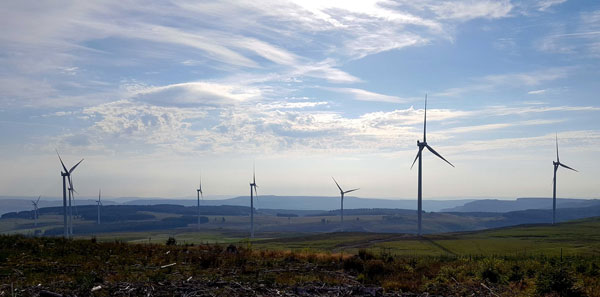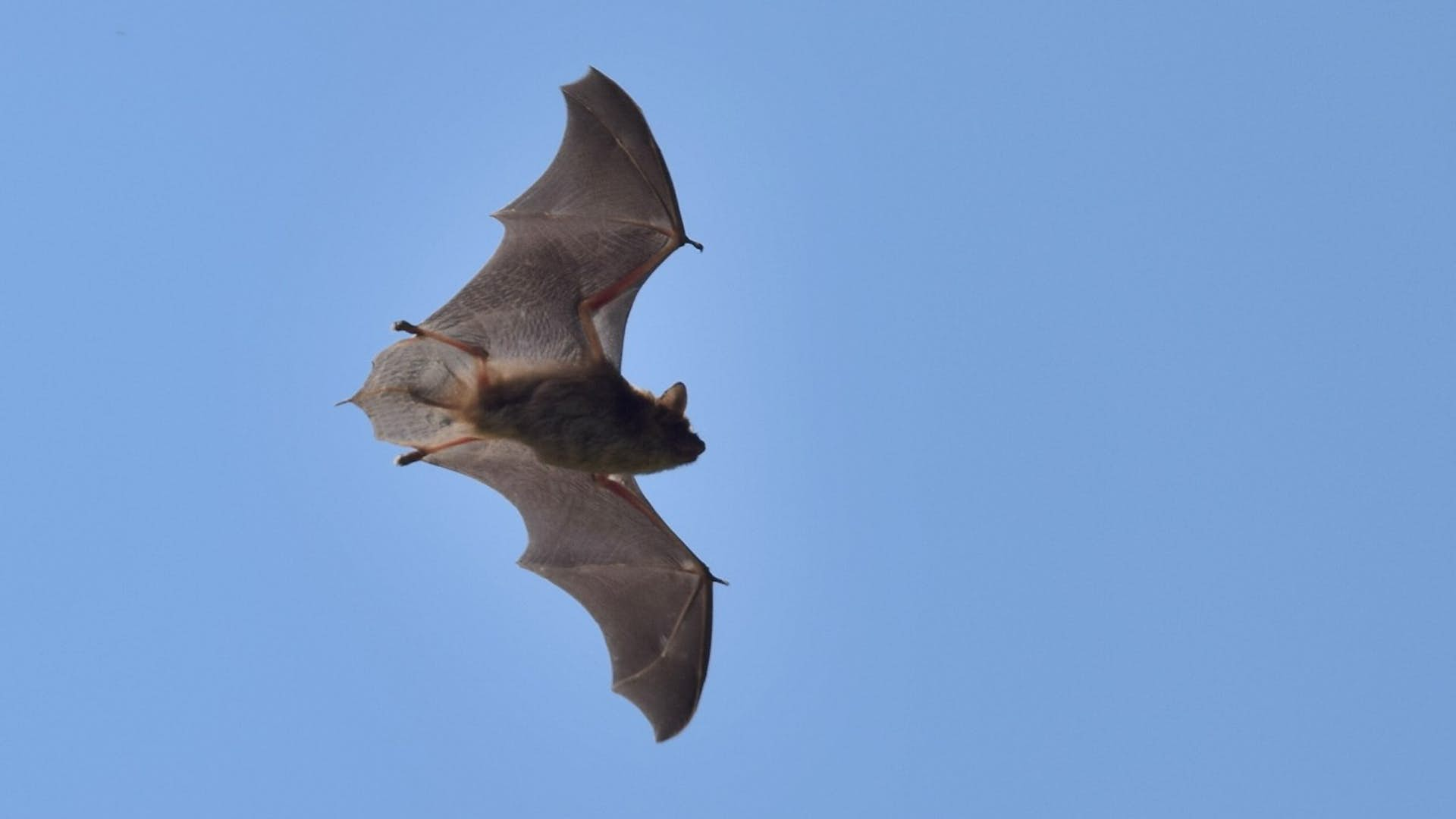To the average skeptic, it may seem that for every new, clean energy we create, there are still harmful consequences which eventually become clear. Wind turbines provide an environmentally friendly energy source, but they haven’t exactly been welcomed in every corner of the world. Wind turbines are loud, visually off-putting and not particularly efficient. Furthermore, their blades are also being blamed for soaring numbers of bat deaths around the world. Which is becoming a major concern for bat removal companies throughout Milwaukee.
More and more countries are installing wind turbines as a renewable energy source. Why is it that with every new wind turbine installation, bat corpses begin to appear? How can such intelligent mammals be affected by something so large and obvious? And what are we going to do about it?
Why Are So Many Bats Dying?
Everybody knows that many bat species do not have the best sight. Instead, they rely on a technique known as echolocation. Bats produce sounds which are channelled towards the objects around them. By analyzing the echo which bounces off those objects, they can navigate their way through the skies safely.
Researchers believe that this system is so accurate bats can detect and avoid a spider web. If they can avoid something so small, then surely they are able to detect something as large as wind turbines?
Well, they can. Scientists believe that bats are adept at avoiding these turbines. Even though these blades are known to travel at around 100mph, bats can detect their movement and avoid them.
What they don’t seem to detect and avoid is the huge change in pressure behind a turbine blade. The physics behind a wind turbine movement leaves a huge pressure drop directly behind the blade. Bats fly into this space and the force ruptures their lungs. Capillaries burst and eventually the bats drown from the fluid collecting in their lungs.
So why haven’t bird deaths soared as well? Interestingly, the composition of bird lungs is totally different from bats. Their internal organs are designed to cope with drastic pressure changes.

Why Are Bats Flying Toward Turbines?
Researchers still debate over why bats fly close to turbines in the first place. Some researchers believe the bats are confused by the echoes bouncing off the machines. They could be mistaking the turbines for trees or even a body of water.
Other scientists believe that bats are approaching turbines to hunt. A recent study suggests that there could be large colonies of moths and other insects found around turbines. Bat corpses examined during the study supported the theory: many bat stomachs were filled with moths and crickets at the time of their death.
How Are We Protecting the Bats Moving Forward?
With plenty of evidence directly relating bat deaths to wind turbines, what’s being done? How can bat populations be protected around the world while new wind turbines continue to appear?
Studies are underway to find a way to protect bats. A recent study, conducted at Texas State University, has found hope in a bat echolocation jamming system. The system has been designed using a technique adopted by bat prey, such as tiger moths. A frequency is produced to interfere with a bat’s echolocation technique. Since they’re unable to use the reflected echoes and create a clear picture, the bats will avoid the area.
Over the two year study, bat fatality was reduced by 54%. This was achieved by attaching the jamming system to wind turbines and emitting a specific frequency. It causes no harm to bats, and instead, they avoid the area altogether.
Bats are critical to the health of Milwaukee’s ecosystem. While we work to further understand the impacts our changing world has on the bats, we must remain focused on protecting their populations. If you find bats in your home, call an expert bat removal company like Skedaddle.




